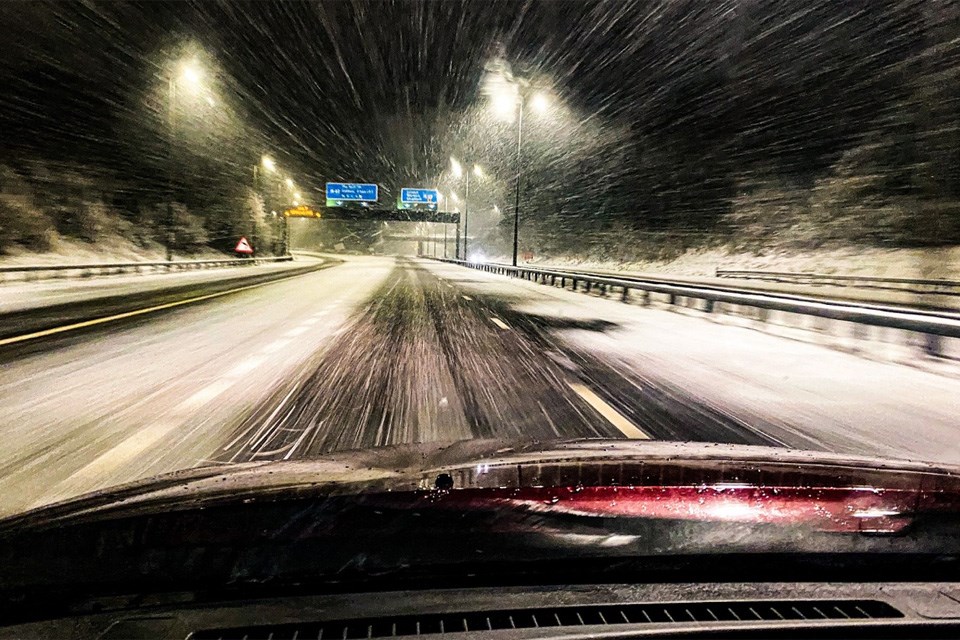Today we’ll take a closer look at road salt and the best way to get it off your vehicle.
Road Salt in and Around Edmonton
The City of Edmonton uses a mixture of sand, salt and rock chips. However, the City is working on phasing out rock chips. The conditions of the road determine the ratios of sand, salt and chips. The salt level is low – in fact, Edmonton has one of the lowest salt ratios in Canada; the salt is only between 12% - 18% of the mix.
This is welcome news for drivers since road salt can accelerate rust and corrosion inside and outside of your car. Any metal part on the exterior or undercarriage is vulnerable, but so is the interior when you track slushy snow and road de-icer into your car.
Preventative Maintenance
Before the snow flies, there are steps you can take to lesson the impact of road salt and other de-icers.
- Talk to your local autobody shop about applying a rust-proofing agent on the undercarriage.
- Put rubber mats on the floor to catch and hold moisture.
- Use sand instead of salt on your own driveway.
- Clear tracked in snow, salt and slush from your garage (it will drip from under the car).
Cleaning the Car
Getting salt and de-icer on your vehicle is inevitable during the winter months. Here are some ways to keep control of the situation.
- Don’t wash your car in the driveway. This creates a major slip and fall hazard as the water freezes. Additionally, never use detergents or soaps when washing your car in the driveway – no matter the season. The only runoff that should be going down the storm drain is water. Detergents go against the City’s drainage bylaw and can result in a fine if the suds go into the drainage system.
- Visit a car wash that has a car dryer. In the winter, especially when parking outside, you don’t want your windows and doors to freeze up. Nothing is worse than pulling up to the takeout window for a coffee… only to realize you can’t roll down your window!
- The car wash should also have an undercarriage wash that activates when you drive in.
- Carefully remove the floor mats, without spilling any liquid on the car’s interior. Hang up the mats in their designated spots.
- Use the pre-soak on the car and on the mats. Be sure to get the tricky places like the grill and wheel wells.
- Repeat the wash with soap, then with a good rinse.
- Put the floor mats back into the car. Don’t forget them! It happens!
- Take your time under the dryer and if there is a hand dryer for the door locks, use that first before you leave the bay.
Does Waxing Help?
Most car washes have a spray on wax option, and it certainly doesn’t hurt to use it. However, consider a professional wax and polish before the snow comes. This will get more areas of the car that are hard to reach with a spray on wand wax and provide a stronger, more longer lasting coating. When self waxing the car during the winter, do it on warmer, dryer days.
Take Care Out There
The mixture of salt, sand and chips on our roads makes for a safer commute. The salt concentration is low, but it is still a good idea to wash it off your vehicle. Take some steps before winter to lesson the chance of corrosion. Avoid washing the car in the driveway during the winter. Use a carwash with an undercarriage spray and a dryer. Have the car waxed and polished by a professional before the snow flies. Take care out there and drive safely.
 This story was made possible by our Community Partners Program. Thank you Davis Chevrolet for helping to expand local news coverage in Alberta. Learn more
This story was made possible by our Community Partners Program. Thank you Davis Chevrolet for helping to expand local news coverage in Alberta. Learn more


